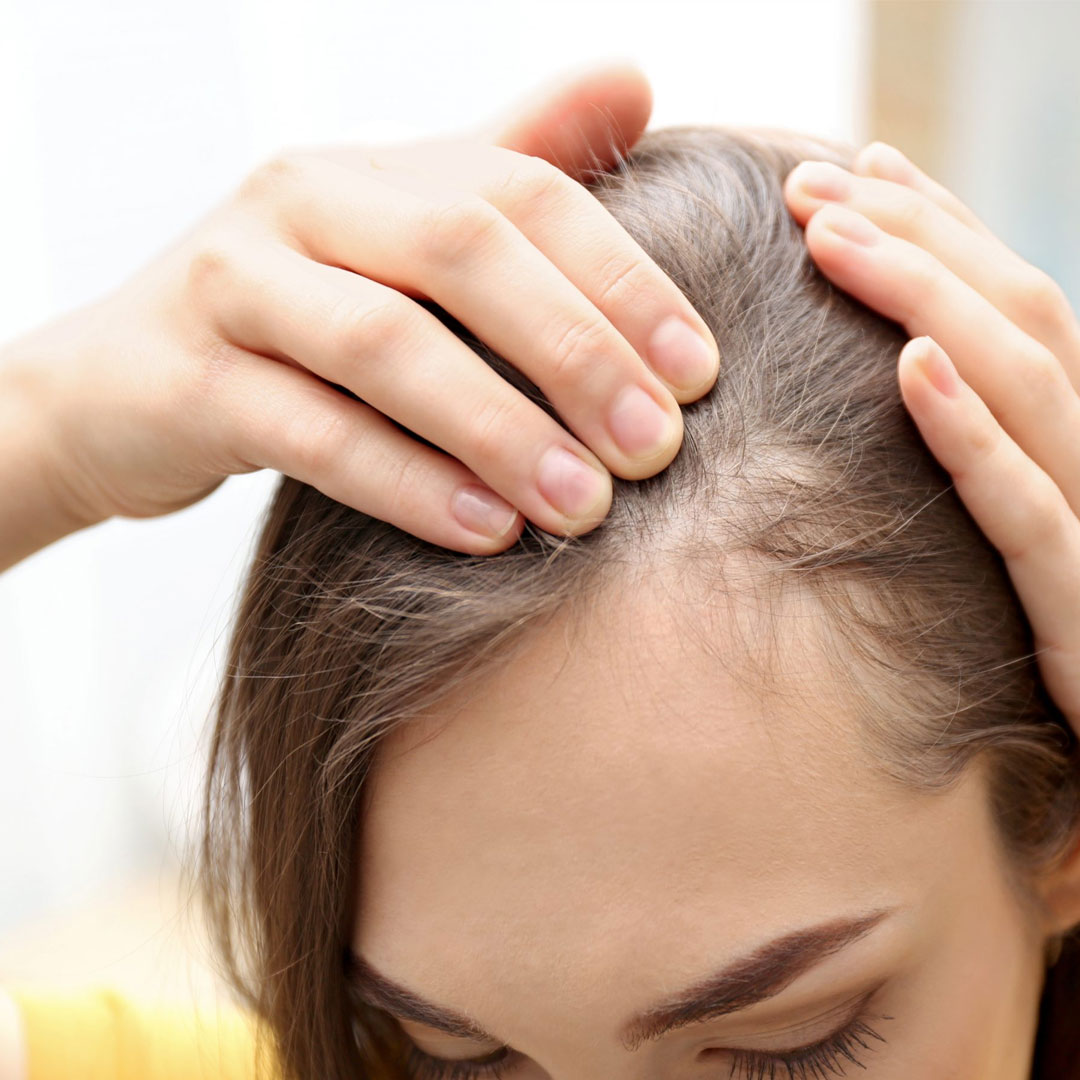
Alopecia Areata Causes
In Alopecia areata, immune cells called white blood cells attack the rapidly growing cells in the hair follicles that make the hair. The affected hair follicles become small and drastically slow down hair production. Fortunately, the stem cells that continually supply the follicle with new cells do not seem to be targeted. So the follicle always has the potential to re grow hair.
Hair Loss a Symptom of a Serious Disease?
Surveys have shown that around 40% of women with alopecia have had marital problems, and around 63% claimed to have career related problems.
Alopecia areata is not a life-threatening disease. It does not cause any physical pain, and people with the condition are generally healthy otherwise. But for most people, a disease that unpredictably affects their appearance the way alopecia areata does is a serious matter.
